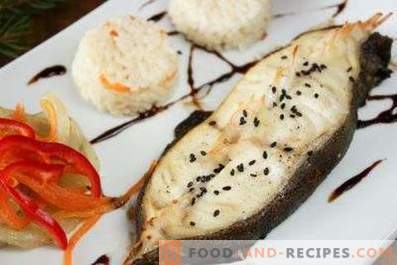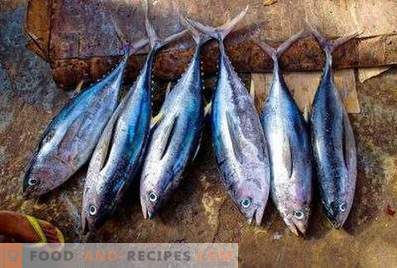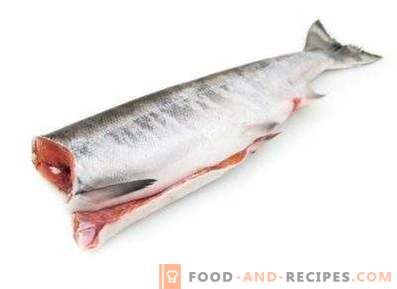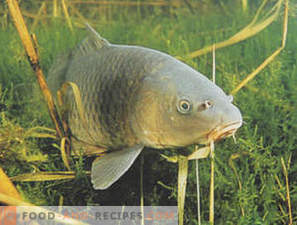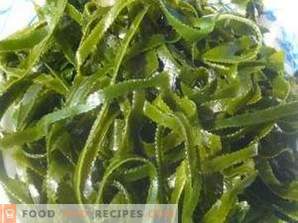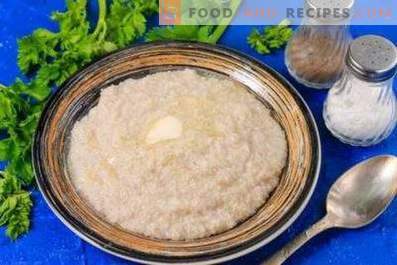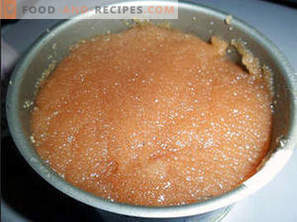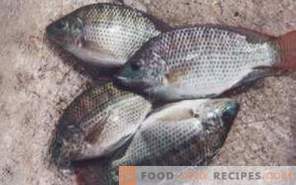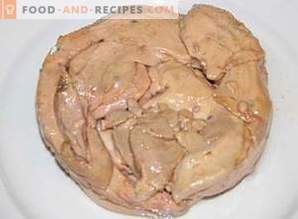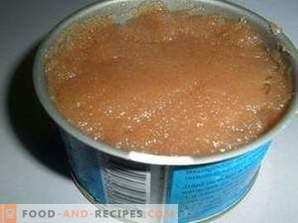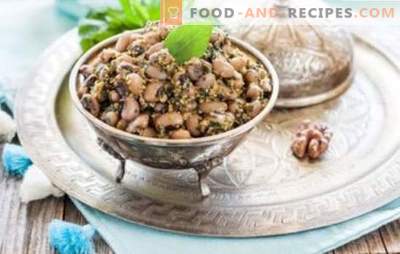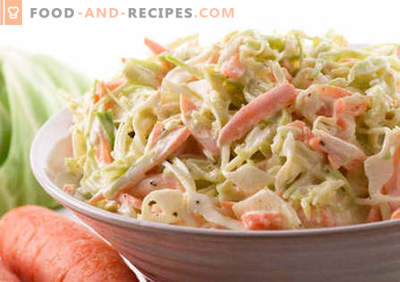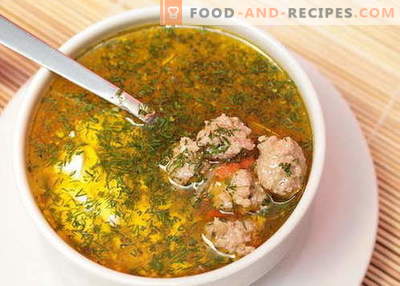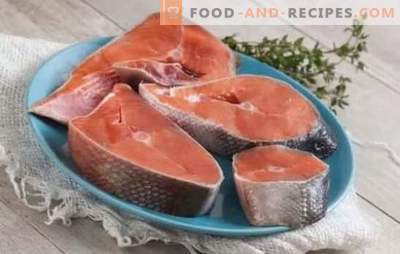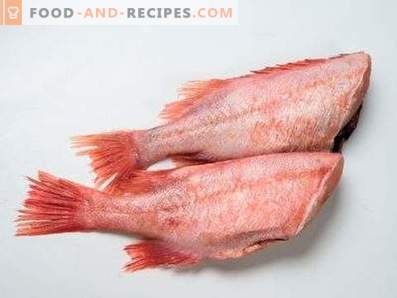
Sea bass is a species of predatory fish (about 110 species) belonging to the family of scorpions. Representatives of this taxonomic group inhabit the waters of the Pacific, Arctic and Atlantic oceans. The maximum species diversity of these fish is observed off the southern coast of California.
All over the world, grouper is considered a valuable object of fishing. The fillet of this fish has excellent taste and excellent nutritional properties. Sea bass carcasses are boiled, fried, stewed, grilled, salted and smoked. In addition, fish meat is used to make sashimi, sushi, soups and toppings for baking.
Fish Description
The appearance of sea bass depends on the species and habitat. However, most of them have a massive laterally flattened spindle-shaped body covered with ctenoid scales. The torso of fish sharply narrowed in the tail. Adults have a pale pink, bright red or orange color. The length of their bodies can vary from 15 to 110 cm, and their weight - from 70 g to 20 kg.
Sea bass has a large cone-shaped head with a rounded snout. The lower jaw of the fish, at the end of which there is a large symphysial tubercle, protrudes strongly forward. The eyes of the representatives of the genus are large (the diameter of the orbit reaches 30% of the length of the head). The interorbital space can be both convex and completely flat.
On the head of the sea bass is a lot of underdeveloped thorns. Nuchal and occipital crests of fish merge together. All members of the genus have a truncated tail. The sharp rays of the dorsal and anal fins of the fish are supplied with poisonous glands. Injections with these “thorns” provoke the development of painful inflammatory reactions. All fins of fish are bright red. Sea bass are considered long-livers. Their lifespan can exceed 100 years. For example, the maximum recorded age of the Aleutian sea bass (Sebastes aleutianus) is 205 years.
Nutritional value of the product
100 g of raw sea bass meat contains:
- 3, 282 g of fat;
- 18, 104 g of proteins;
- 77, 018 g of water;
- 1, 388 g of ash;
- 60, 011 mg of cholesterol;
- 0, 416 g of polyunsaturated fatty acids (including 0, 362 g of omega-3 and 0, 054 g of omega-6).
The product contains 12 essential and 8 essential amino acids (arginine, alanine, valine, aspartic and glutamic acid, histidine, isoleucine, serine, lysine, and others).
Vitamins in sea bass
Sea bass dishes are a rich source of vitamins. 100 g of fresh fish contain:
- retinol equivalent (A) - 39, 014 μg;
- thiamine (B1) - 0, 108 mg;
- Riboflavin (B2) - 0, 118 mg;
- choline (B4) - 61, 017 mg;
- pantothenic acid (B5) - 0, 358 mg;
- pyridoxine (B6) - 0, 127 mg;
- folic acid (B9) - 7, 092 μg;
- cobalamin (B12) -2, 334 μg;
- ascorbic acid (C) - 1, 399 mg;
- tocopherol equivalent (E) - 0, 774 mg;
- phylloquinone (K) - 0, 087 mkg;
- Niacin equivalent (PP) - 4, 767 mg.
Along with these nutrients, calciferol (vitamin D) is part of the sea bass. 100 g of the product contains 2, 294 μg of this compound.
Useful items
Macroelements in 100 g of sea bass:
- calcium - 121, 004 mg;
- potassium - 299, 896 mg;
- sodium - 74, 856 mg;
- magnesium - 60, 091 mg;
- sulfur - 209, 638 mg;
- phosphorus - 221, 015 mg;
- chlorine - 164, 793 mg.
Trace elements per 100 g of product:
- zinc - 1, 467 mg;
- chromium - 54, 689 mkg;
- fluorine - 141, 205 mkg;
- selenium - 36, 493 mkg;
- nickel - 5, 799 mkg;
- molybdenum - 3,986 mcg;
- copper - 121, 233 mkg;
- manganese - 0, 094 mg;
- cobalt - 29, 704 mkg;
- iodine - 59, 488 mkg;
- iron - 0, 897 mg.
Sea Bass Calories
In 100 g of fresh sea bass contains 109, 014 kcal. The caloric value of a similar portion of stewed fish is 111, 412 kcal, boiled - 106, 916 kcal, fried - 232, 706 kcal, baked - 117, 291 kcal, smoked - 177, 234 kcal, salted - 121, 428 kcal. The energy value of 100 ml of sea bass soup - 18.072 kcal.
Useful Properties of the Product
- Sea bass is a low-calorie product. People who want to lose weight can safely include boiled, baked or stewed sirloins in the menu.
- Fillet contains a large amount of easily digestible protein. Dishes from it are useful to athletes, people engaged in heavy physical labor, as well as people recovering from debilitating diseases.
- The substances contained in this product strengthen the myocardium and blood vessel walls, contribute to the normalization of blood pressure and heart rhythm, accelerate the elimination of excess low-density lipoproteins from the body. Regular consumption of it can reduce the likelihood of developing a whole range of cardiac diseases.
- Group B vitamins, which enter the body with sea bass meat, accelerate metabolic processes.
- The nutrients contained in this product have a positive effect on the functioning of the nervous system. Thanks to them, the negative impact of stress on the body is reduced, the quality of sleep improves, the risk of depression and neurosis is reduced.
- Nutritionists recommend that people who have had abnormalities in the functioning of the thyroid gland include a sea bass in their diet at least 2 times a week.
- Dishes from this fish have a positive effect on bone tissue. Therefore, they must be present in the diet of persons suffering from rickets, osteoporosis, arthrosis and other diseases of the musculoskeletal system.
- Vitamins, minerals, and other substances that sea bass are rich in help to strengthen the immune system, normalize the reproductive system, reduce the concentration of glucose in the blood, slow down the aging process of the body.
- Regular consumption of this product can improve the condition of hair, nails and skin.
Contraindications and harm to sea bass
- Consuming grouper dishes can lead to allergic reactions. Therefore, individuals who have previously been diagnosed with individual intolerance to fish or other seafood should be completely excluded from the diet.
- Abuse of fried sea bass can lead to obesity. People who plan to lose weight should abandon this dish.
- Salted and smoked fish is contraindicated for persons suffering from kidney and cardiovascular diseases.
- Sea bass fillets can accumulate heavy metal salts, mercury and other substances hazardous to human health. Therefore, you can eat only the fish that were caught in ecologically clean regions.
- When cutting sea bass carcasses, injections should be avoided with sharp fin rays that contain poison.
